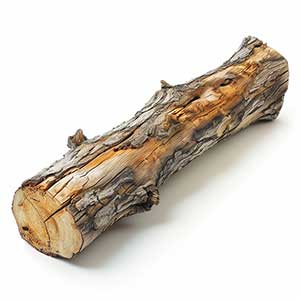Tamarisk Wood, derived from the Tamarisk tree, a genus widespread throughout much of Africa and some parts of Asia, holds a lesser-known but intriguing position in the world of fragrance notes. Historically, Tamarisk was valued for its medicinal properties and its hardy wood, which has been used in various cultural rituals and artisan crafts. In perfumery, Tamarisk Wood is appreciated for its unique, woody scent with subtle earthy and floral undertones, bringing a natural and fresh dimension to fragrance compositions.
Though not as commonly featured as some other woody notes, Tamarisk Wood adds a crisp, clean, slightly green and floral nuance, making it a favored choice in formulations aiming for a light, airy woodiness. It’s often used in combination with other woods to enhance depth and complexity, particularly in fragrances classified under woody and fresh families.
Given the rarity and specific growing conditions of the Tamarisk tree, the essential oil or absolute is rarely, if ever, extracted for commercial perfumery, making synthetic alternatives or other wood notes more common for achieving a similar scent profile.
Natural or Synthetic?
Due to the rarity and specific conditions required for the Tamarisk tree, its oil is not commonly extracted for commercial use, leading to the preference for synthetic alternatives in perfumery.
Fragrance Families Tamarisk Wood Most Commonly Found In
Show fragrances that contain Tamarisk Wood as a note



